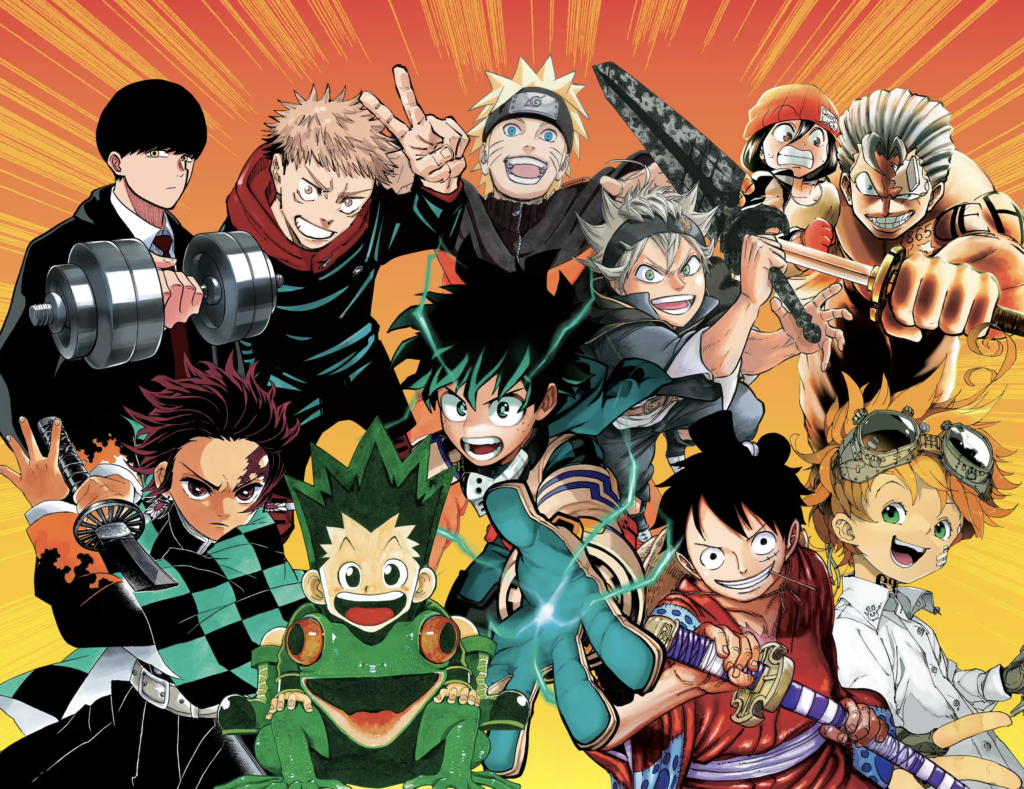Buzz Haven: Your Daily Dose of News
Stay informed and entertained with the latest buzz in news, trends, and insights.
Anime and Manga: When Fan Theories Get Out of Hand
Explore the wildest anime and manga fan theories that spiral into chaos! Dive into the obsession and see what fans really believe!
The Wildest Fan Theories in Anime: A Dive into the Absurd
Anime has long been a playground for imagination, and fans often take their love for their favorite series to dizzying heights with wild theories. One of the most talked-about theories is the notion that all of the characters in Dragon Ball exist in a single, continuous timeline, where timelines from alternate universes intersect. This theory suggests that seemingly disconnected series like Dragon Ball Z and Dragon Ball Super not only share characters but also integrate with other popular franchises. The idea of endless possibilities within a multiverse captivates fans and fuels countless discussions among anime communities.
Another absurd theory that has gained traction involves the belief that the characters in Naruto are actually part of a metaphorical commentary on the hardships of adolescence. This theory posits that each ninja represents a different aspect of growing up, tackling issues from identity to loneliness. The connections drawn between the Naruto universe and real-life struggles have resonated deeply with fans, leading to profound interpretations of character arcs. Whether these theories hold any truth or not, they highlight the deep emotional connections anime can forge, turning casual viewers into ardent theorists.

How Far is Too Far? The Line Between Fan Theory and Fan Fiction in Manga
The world of manga is rich and diverse, inspiring a plethora of fan theories and fan fiction that explore alternative narratives and character developments. While fan theories often arise from critical analysis and a deeper understanding of the source material, they can sometimes venture into territory that blurs the line between speculation and outright invention. As fans dissect plot points and character motivations, they may craft elaborate theories that challenge the original narrative, which raises the question: How far is too far? Can an interpretation go so deep that it detaches itself from the manga's core message?
On the other hand, fan fiction takes a different approach by creating entirely new stories that might not align with the original plot. These tales can range from exploring unseen adventures of beloved characters to delving into alternate universes where the rules of the original manga do not apply. While fan fiction is generally accepted as an extension of fandom creativity, there’s a thin line where it can distort character identities and themes established in the original work. In essence, understanding how far is too far in both fan theory and fan fiction relates to maintaining a balance between creative expression and loyalty to the source material.
Top 10 Craziest Anime Theories That Turned Out to be Totally Wrong
Anime fandoms are known for their wild imaginations, often leading to crazy theories that spark heated debates. One such theory suggests that Attack on Titan's Eren Yeager was actually the first Titan to ever exist, controlling events from the very beginning. Fans developed extensive timelines and lore to support this notion, only to be met with a stunning twist in the actual plot. In reality, the origins of Eren and the Titans are far more complex, proving that even the most elaborate theories can fall flat as the story unfolds.
Another infamous theory emerged from Death Note, where fans speculated that Ryuk was the true mastermind behind the Death Note’s events, pulling the strings from behind the scenes. This idea gained traction due to Ryuk’s role as a commentator and observer, leading viewers to believe he had ulterior motives. However, the series clearly depicts that while Ryuk enjoys the chaos, he is merely a spectator of Light Yagami’s choices, demonstrating that fan theories can often misinterpret character motivations and relationships.